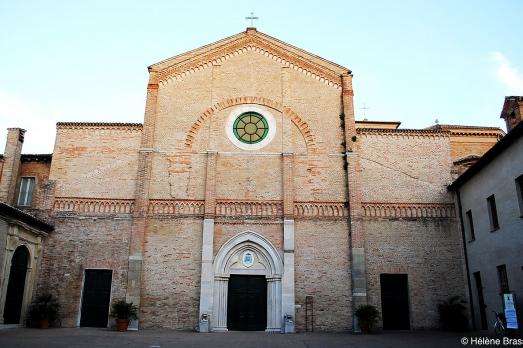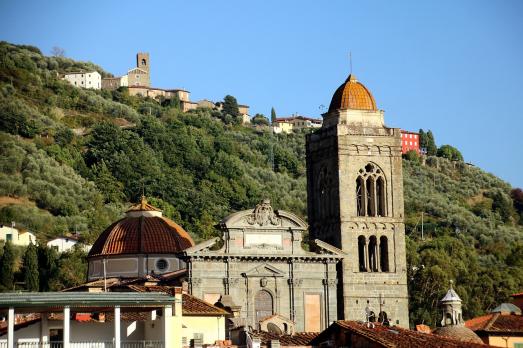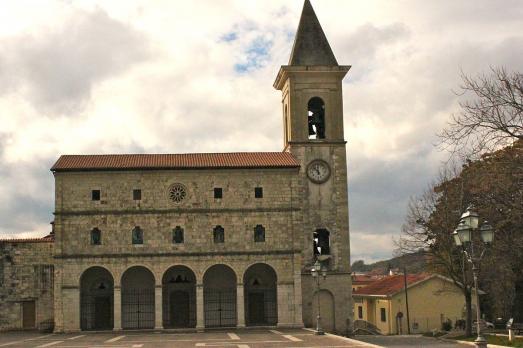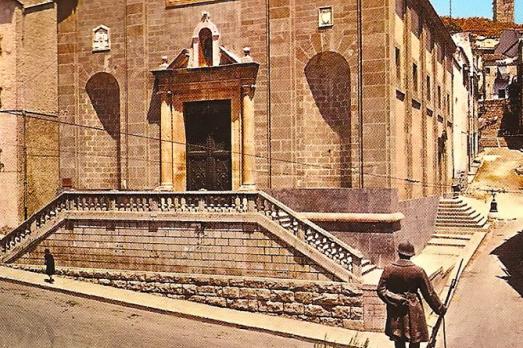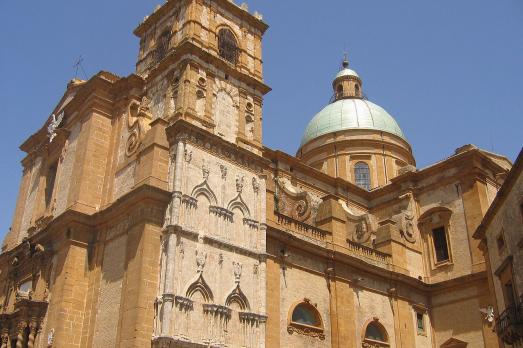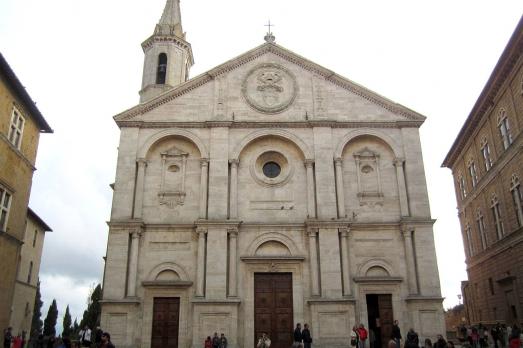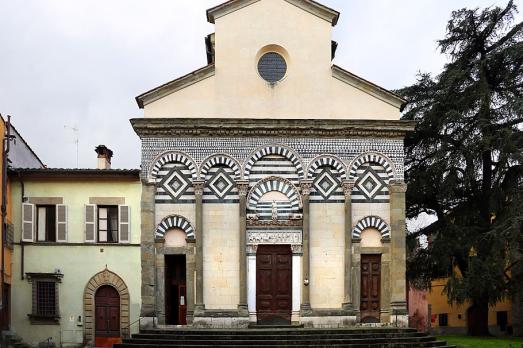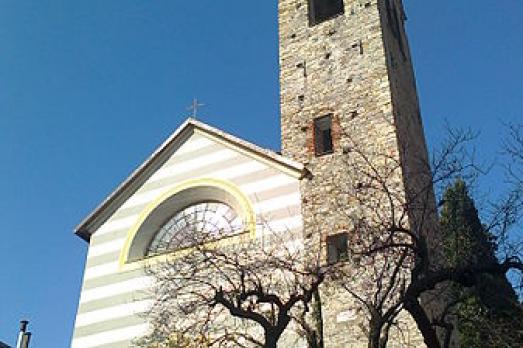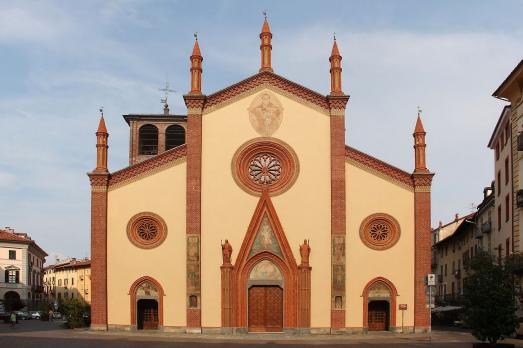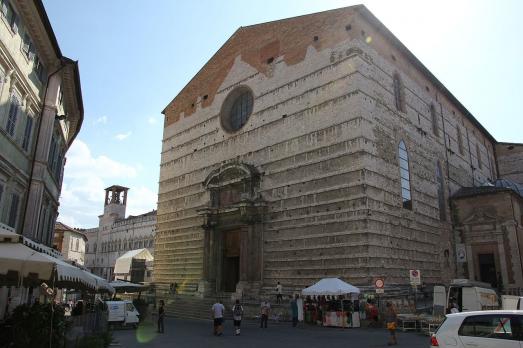
Perugia Cathedral
Perugia, IT
The Cathedral of Perugia was built between 1345 and 1490, but it is not the first cathedral built in the city. Perugia, which has been an episcopal see since at least the 3rd century, has had several cathedrals whose location was gradually fixed around the year 1000. In 1569 the new cathedral was officially consecrated and in the 17th century, the brick structure was raised as can be seen today on the outer walls. The interior of the cathedral is rich in works of art from the Umbrian Renaissance.
